
Gulbenkian 15-25 Imagina

This initiative is a part of the European project ADESTE+, co-financed by Creative Europe. It was an opportunity for dialogue and cooperative work between the Calouste Gulbenkian Foundation and a group of youngsters between the ages of 18 and 25. The result is an experience of cultural programming that can be used in the future to build new spaces to engage a younger audience and assure their participation, as well as the new strategical guidelines for a participatory programme.
The process of the project
Prototypes – experimenting, testing, working together
The core of ADESTE+ consists in the development of a set of strategies for thinking and acting according to the ACED methodology – Audience-Centred Experience Design – which has been promoting change in cultural institutions. This methodology places the experience of the audience at the centre of the work developed in cultural institutions and their programme by promoting the creation of pilot-projects for specific audiences and encouraging change on an institutional level.
Capacity Building Workshops
The project Gulbenkian 15-25 Imagina is the result of a set of workshops held with the support of Mapa das Ideias (the Portuguese partner of the Calouste Gulbenkian Foundation for the ADESTE+ programme) in order to develop an Audience Development project capable of engaging several departments of the Foundation.
The workshops followed the Design Thinking methodology advocated by Adeste+ and gathered workers from the different fields of action of the Calouste Gulbenkian Foundation to increase the dissemination of ideas and promote cross-disciplinary and collaborative work.
Gulbenkian 15-25 Imagina is the prototype achieved after following this methodology.
The stages of the project
Training
Thinking, creating and dialoguing
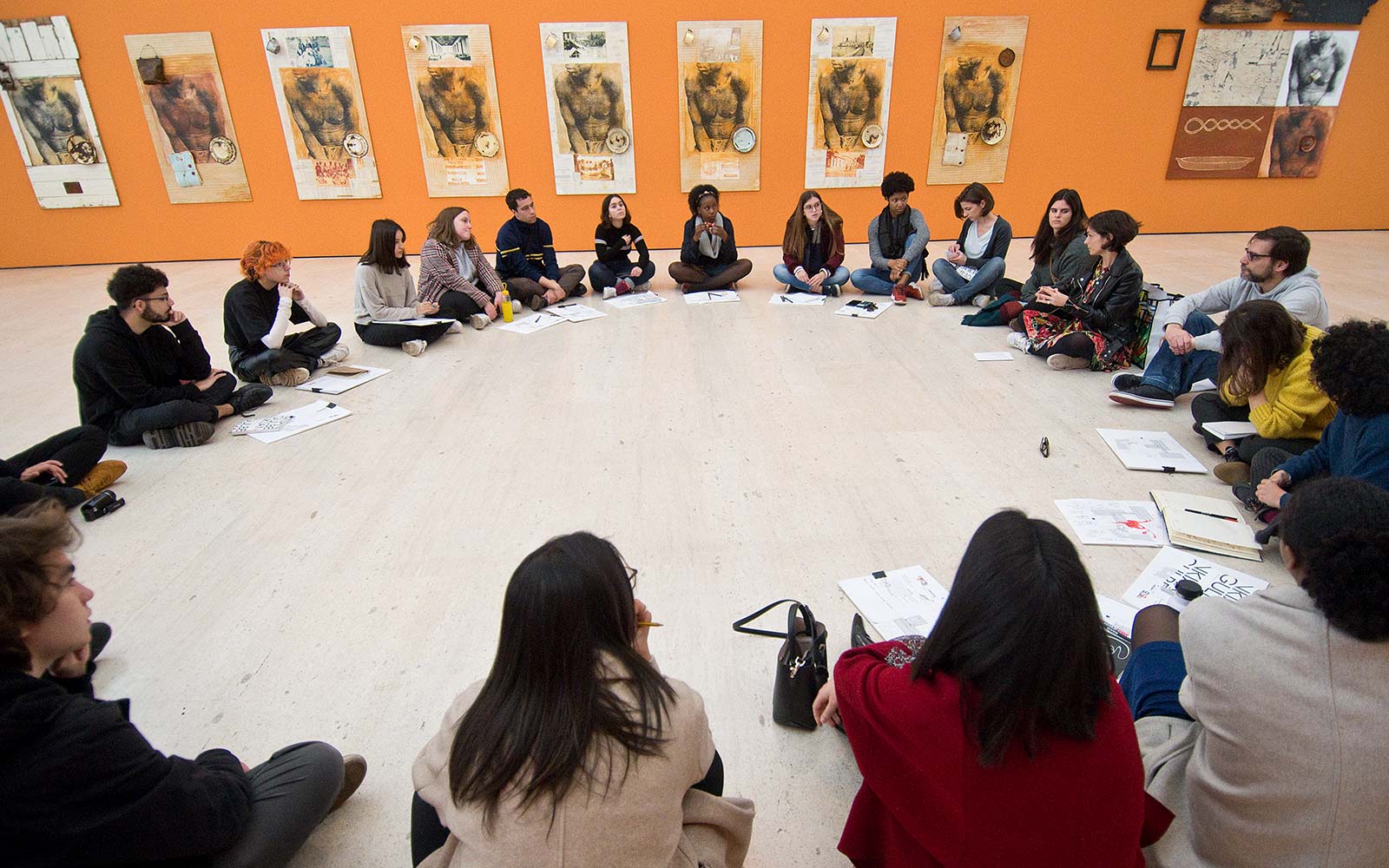
The meetings
Presentation of the initiative
The training – the first stage of the project – took place during weekly meetings that involved taking part in cultural events and in several workshops about cultural programming, investigation, production, stage direction, communication and marketing. This learning space was also a place for discussion and debate across all fields with internal and external guest speakers invited by the Calouste Gulbenkian Foundation for a complete cultural programming experience.


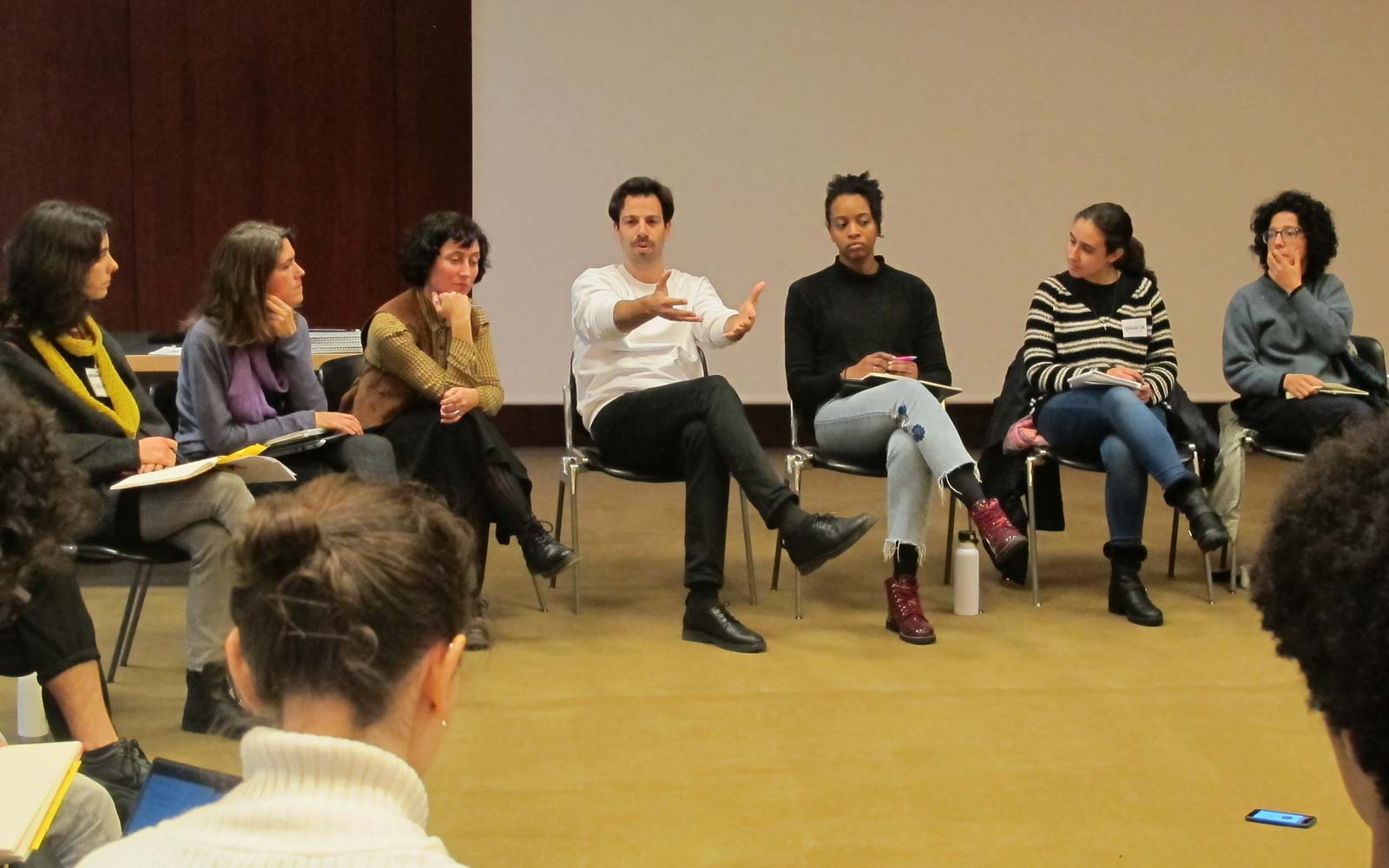

What are we looking for as cultural programmers?
Quotes from participants
“It is important and relevant to hear new voices and new approaches to cultural programming”
“Joining different audiences may lead to adopting new perspectives”
“Creating new ecosystems, new approaches and multiplicities”
“Generating common ground, but also friction to ensure movement, dialogue, to be able to enter the world of another person, or to enter another world with another person”.



Programming
Ideas and investigation
This stage was supposed to happen between the months of March and April, but it had to be adapted due to the measures put in place to fight the Covid-19 pandemic. The group of youngsters decided to stick to their plan and define a unique conceptual trait for their curatorship and programming according to the initial challenge of the project, but they had to adapt to the circumstances and started creating a programme that could happen entirely in the digital world. The following step was to select artistic projects, people, experiences and collectives to integrate their programme.
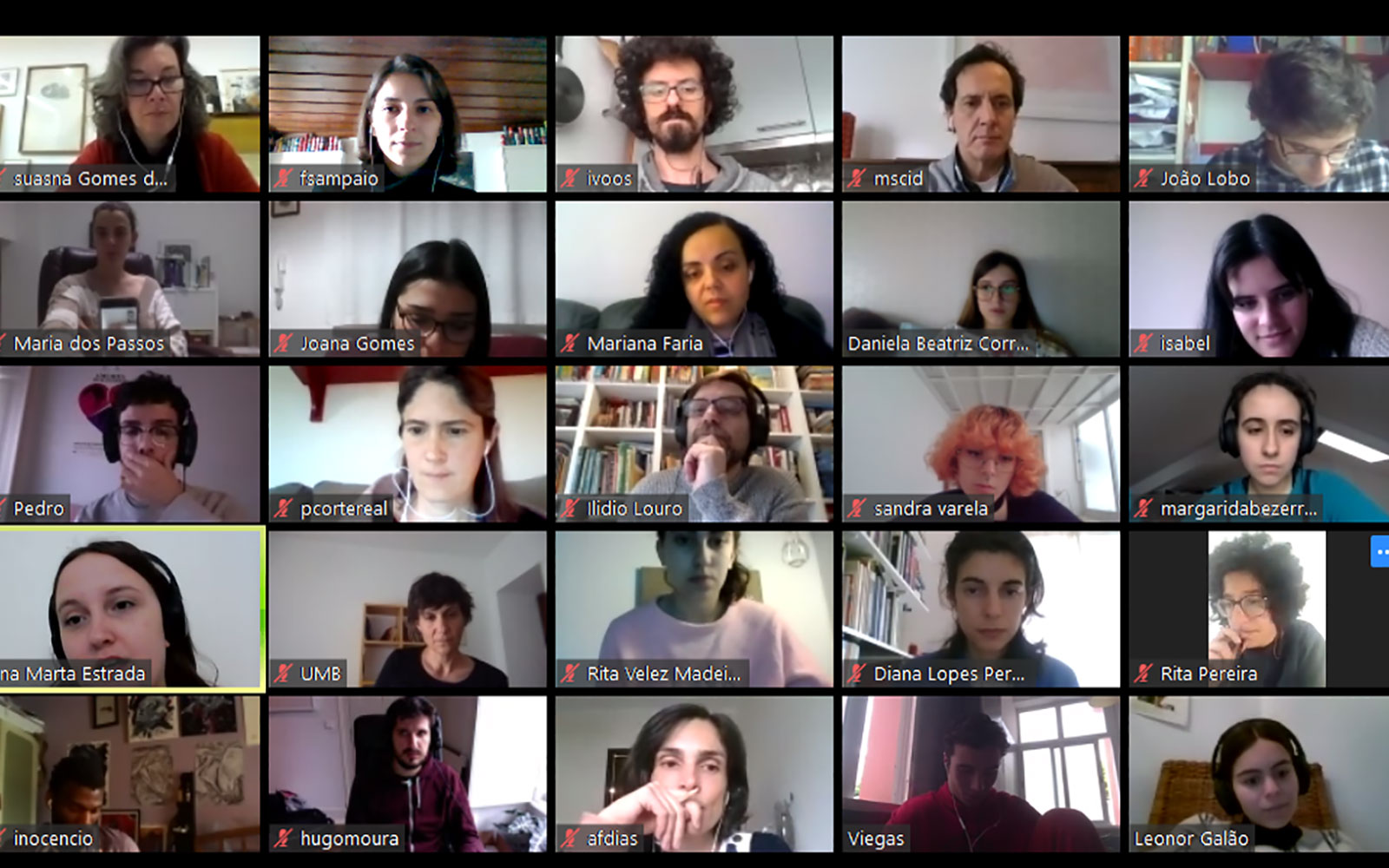
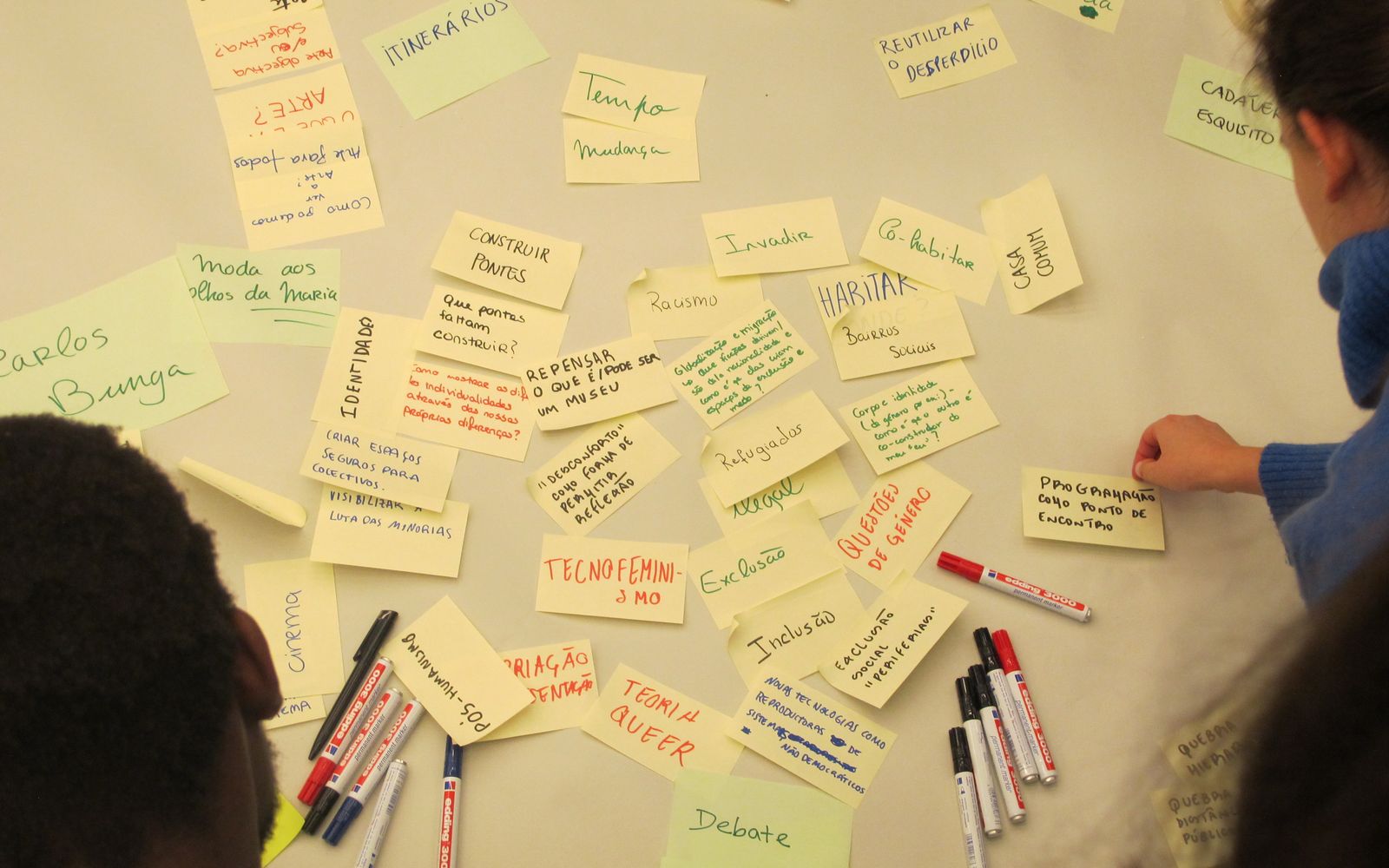
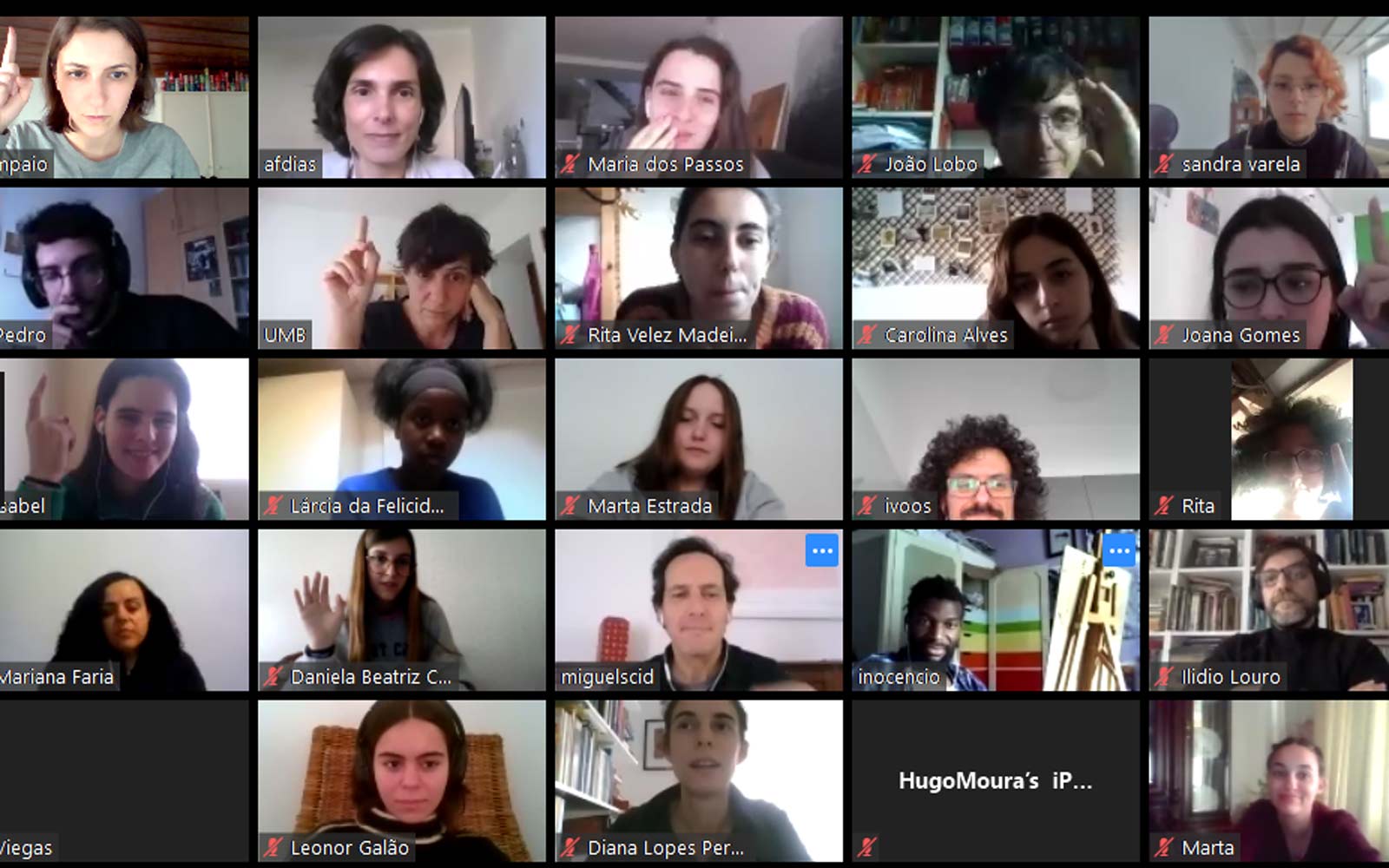
Implementing a programme
Production
The three main ideas of the plan initially conceived by the group for their programme were “inhabiting”, “common household” and “ecosystem”, but the pandemic forced them to consider the notions of “body”, “public space”, “visibility/invisibility”, but also “art and resistance”. The group reformulated its guidelines and began trying to convey through their programme the discomfort everyone in the world was feeling so they created a cycle of debates with the title “Imagine – thinking about the future today!”
The cycle “Imagine – thinking about the future today”
For this cycle they invited artists, researchers, performers, activists and several professionals from the field of culture and organized three online talks moderated by them.



Reflecting about the process and producing records/memory
The months of June and July were devoted to the reflection about the process and the production of records/memory of everything that was learned during the sessions. The inputs of these youngsters were considered as recommendations and suggestions for the programme for the young at the Calouste Gulbenkian Foundation.

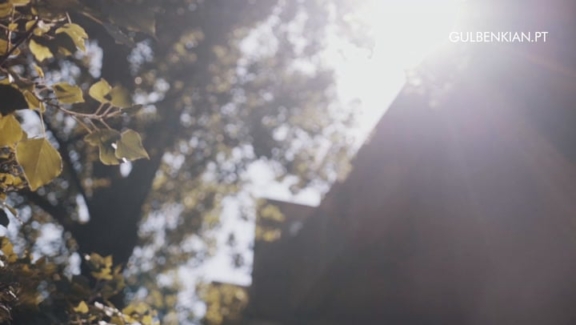
No results were found for your criteria.
Camera and cinematography: Hugo Moura, 2nd Camera: Bruno Oliveira, Video Editing: Hugo Moura, Music: “Second Time” by Fernando Frias, Subtitles: Adelaide Richardson
![]()
ADESTE+ is a European collaboration project that aims to increase cultural participation. Fifteen partners are working together across eleven cities in seven different countries over a period of four years to put the audience in the centre of the work developed by cultural organizations.
